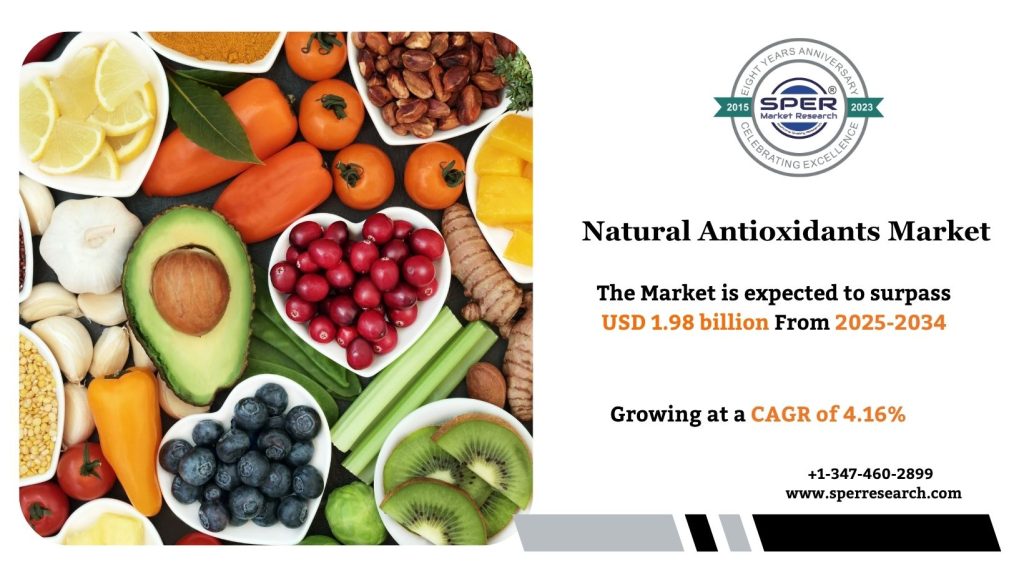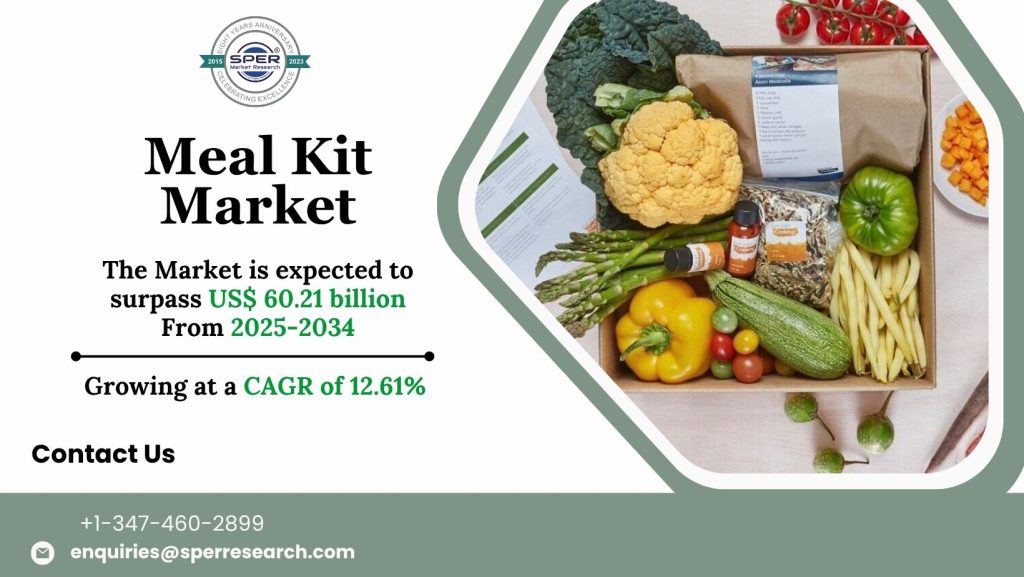Meals and drinks are prepared, packaged, and delivered to passengers on private and commercial airplanes as part of in-flight catering services. These services, which are customized to accommodate the various dietary requirements, travel class, and flight duration, are offered by specialist catering businesses or airline-owned divisions. Along with food and beverages, in-flight catering also covers associated services including menu development, ingredient procurement, food safety compliance, and logistics management. Airlines are putting more of an emphasis on improving culinary experiences as passenger expectations for quality and variety rise. The growth of premium airline services and increased air travel, particularly on long-haul and international flights, are the main factors propelling the industry.
According to SPER Market Research,” Asia-Pacific In-Flight Catering Services Market Size- By Food Type, By Flight Category, By Aircraft Seating Class- Regional Outlook, Competitive Strategies and Segment Forecast to 2033” states that the Asia-Pacific In-Flight Catering Services Market is estimated to reach USD 9.7 billion by 2033, with a CAGR of 6.3%.
Drivers:
Air travel in the Asia-Pacific area is expanding quickly due to a growing middle class and increased disposable income. Airlines are improving in-flight food as more travelers choose both short- and long-haul flights in an effort to increase customer happiness and differentiate themselves in a crowded industry. Increased investment in enhancing meal variety and quality has resulted from this spike in demand, particularly by low-cost airlines looking to offer creative, affordable options. The region’s vast cultural and culinary variety also plays a significant part; airlines use regional specialties like Southeast Asian cuisine, Chinese dim sum, Indian curries, and Japanese sushi to create individualized dining experiences that increase patron loyalty and pleasure.
Request a Free Sample Report: https://www.sperresearch.com/report-store/asia-pacific-in-flight-catering-services-market.aspx?sample=1
Restraints:
In the Asia-Pacific area, ensuring food safety and regulatory compliance is a significant concern for in-flight catering services. Operations are made more difficult for catering companies by the need to comply with stringent local and international food safety regulations in several countries. Perishable and temperature-sensitive foods make it much harder to maintain constant quality and cleanliness throughout the supply chain, from preparation to onboard service. At the same time, the need for sustainable practices is being driven by increased environmental concerns. There is pressure on airlines and caterers to limit food loss, decrease waste, use less plastic, and source foods sustainably. There are constant operational and logistical challenges throughout the area in juggling these ecological initiatives with the need for nutritious meals.
China held the largest share in the Asia-Pacific In-Flight Catering Services Market. This is attributed to the country’s high aviation activity, including an extensive domestic and international flight network and increasing passenger traffic. To keep up with the increasing demand, Chinese airlines are making investments in state-of-the-art catering facilities and introducing cutting-edge food preparation technology. Some of the key market players are Air China, Cathay Pacific Catering Services (HK) Ltd, Emirates Flight Catering, Flying Food Group, Gate Gourmet and Jetfinity.
For More Information, refer to below link: –
Asia-Pacific In-Flight Catering Services Market Outlook
Related Reports:
Middle East and Africa In-Flight Catering Services Market
North America InFlight Catering Services Market
Follow Us –
LinkedIn | Instagram | Facebook | Twitter
Contact Us:
Sara Lopes, Business Consultant — USA
SPER Market Research
enquiries@sperresearch.com
+1–347–460–2899








